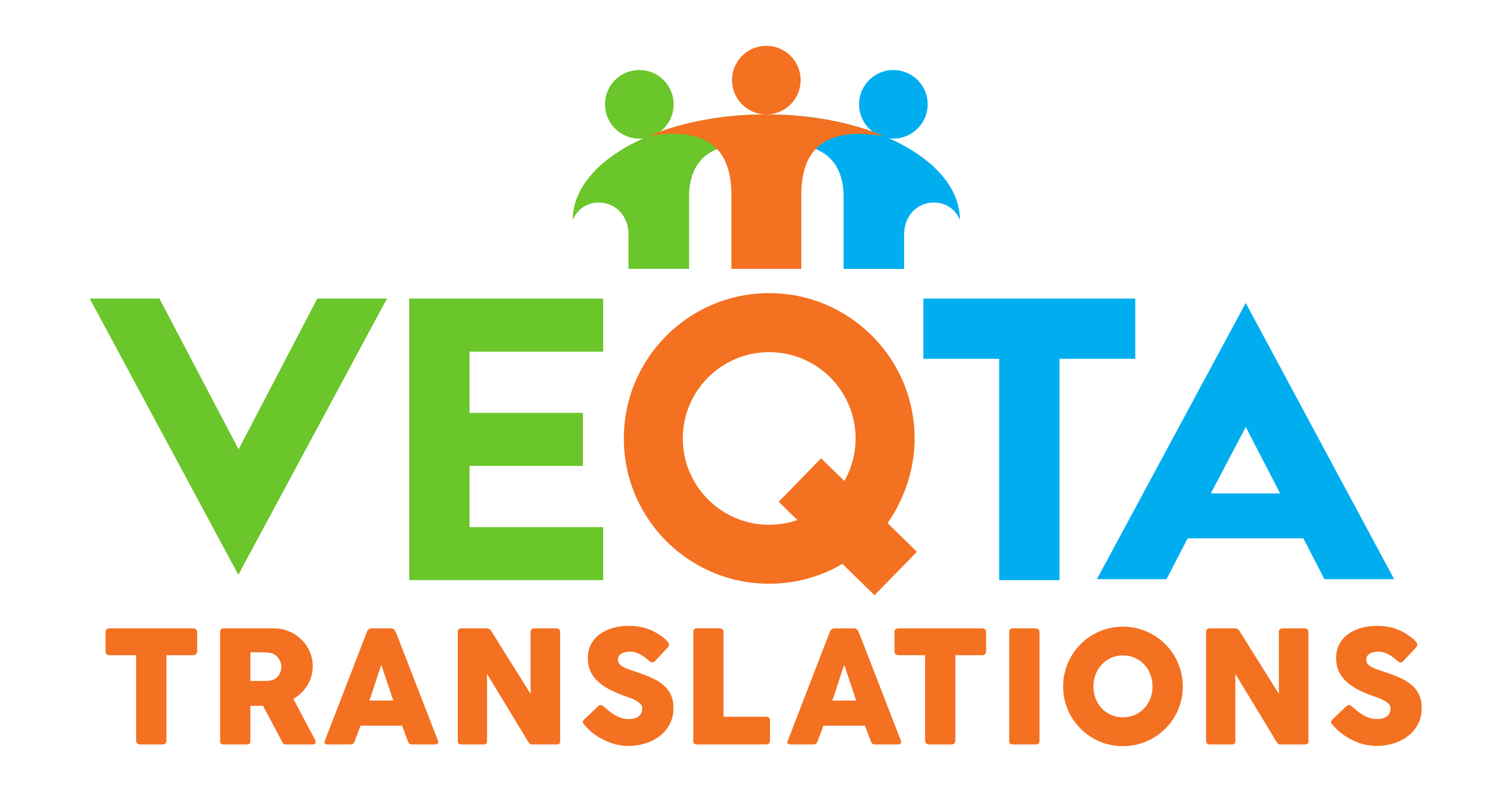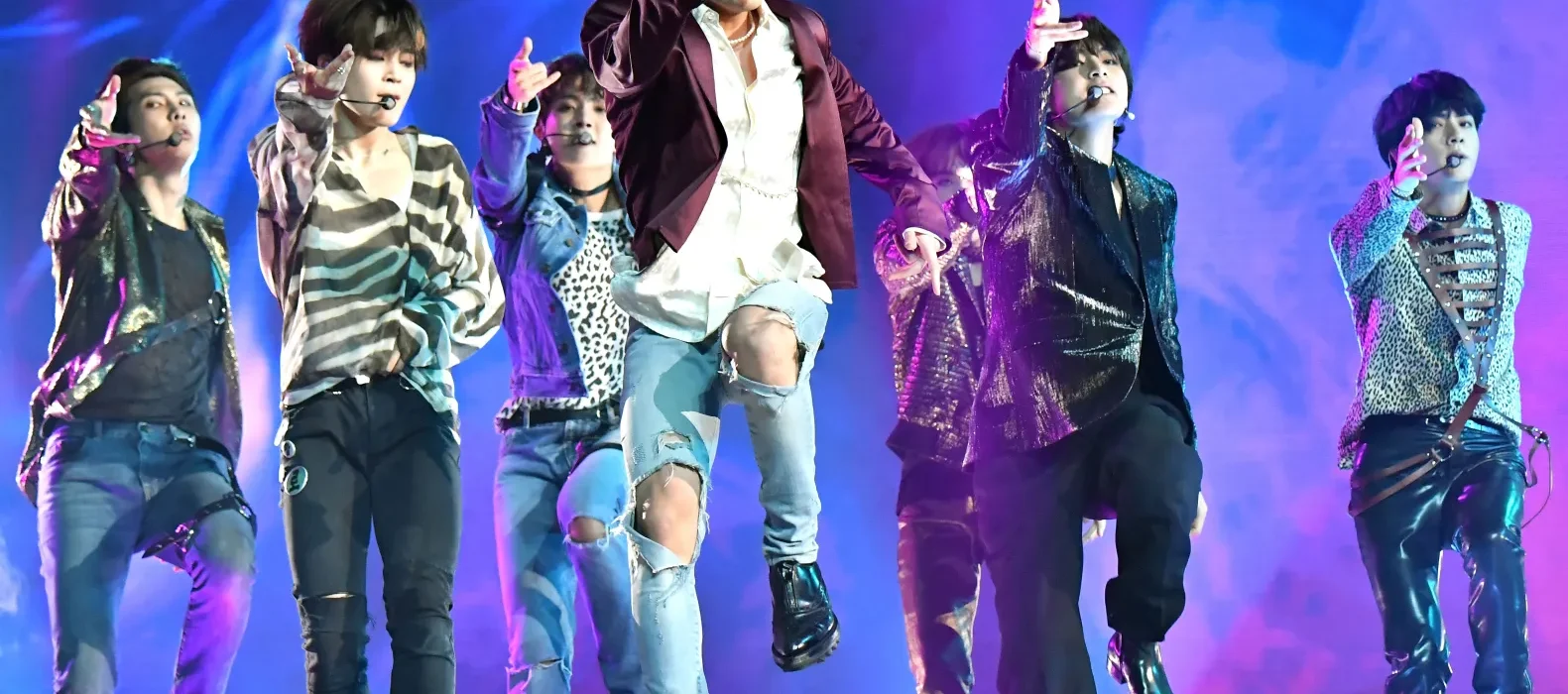Translating music is one of the most intricate forms of localization. Lyrics are poetry set to rhythm, requiring cultural fluency and creative instinct. In Korean to English Localization, lyricists face the challenge of preserving meaning while fitting syllables, rhyme, and emotion into melody. Below are eight techniques commonly used to bring Korean songs to life for English listeners without losing their original spirit.
1. Rhythmic Adaptation
Translators adjust word length and stress patterns to match musical tempo, ensuring lyrical flow aligns with beats.
2. Emotional Paraphrasing
Instead of literal translation, emotion takes priority. Lines are rephrased to maintain feeling even if words change completely.
3. Cultural Simplification
References deeply tied to Korean culture are replaced with universally relatable imagery, ensuring accessibility without loss of meaning.
4. Maintaining Rhyme and Meter
English lyric versions often prioritize rhyme to maintain singability. Translators find creative synonyms that fit both meaning and melody.
5. Repetition Management
Korean lyrics often use repetition for emphasis. In English, this is adjusted to avoid redundancy while preserving tone.
6. Symbolic Substitution
Metaphors involving traditional motifs like moonlight or seasons are adapted to match broader symbolism recognizable in English audiences.
7. Code-Switching
Strategic use of English within Korean lyrics eases translation and creates linguistic balance, though translators refine word choice for clarity.
8. Emotional Consistency Across Versions
Translators work with producers to ensure that translated lines evoke the same emotion when sung, not just read.
Conclusion
Song translation is art layered upon art. With Korean to English Localization, the goal isn’t duplication—it’s transformation. Through rhythm, emotion, and sensitivity, translators make sure music transcends language itself.
FAQs
1. What makes lyric translation difficult?
It must preserve rhythm, emotion, and cultural nuance simultaneously.
2. Why can’t lyrics be translated word-for-word?
Literal versions often break rhythm or lose poetic depth.
3. Do translators collaborate with songwriters?
Yes, collaboration ensures meaning aligns with intent and melody.
4. Why are cultural references changed?
To make lyrics universally relatable while retaining emotional power.
5. What defines success in lyric localization?
Emotional equivalence and seamless integration with the song’s rhythm.


